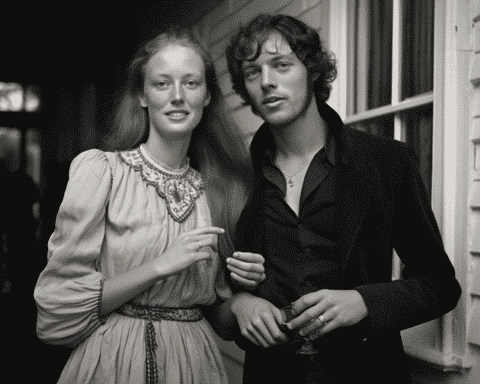Shirley Hailstock is a renowned romance author who has penned over three dozen novels and novellas and has won numerous awards and accolades.
She also served as the president of the Romance Writers of America, the leading professional organization in the romance writing industry. She receives fan mail, and one letter from 1999 has stuck with her to this day.
The letter was written by a fellow romance author who complimented Hailstock’s novel “Whispers of Love.” The writer expressed surprise that “Black folks fall in love like White folks” and that they “experience romance.”
Hailstock was taken aback by the letter and couldn’t believe that such misconceptions still existed in the late 90s, a time when popular shows like “Living Single,” “The Fresh Prince of Bel-Air,” and “A Different World” were portraying Black people in romantic relationships.
Jodie Slaughter, a modern romance author, notes that for a long time, the majority of romance readers were straight, cisgender White women who showed little interest in understanding that people of different races, religions, and nationalities also experience romance.
However, the romance genre, one of the biggest moneymakers in publishing, has become more diverse in recent years.
Gay and lesbian romance novels have become best-sellers, and covers featuring interracial couples and diverse body types are now common.
Some novels feature characters with mental illness or neurodivergence, and these books have become some of the most popular in the genre.
Despite this progress, some authors and industry experts question if the increased visibility of diverse characters is a genuine effort to create a more inclusive industry or just a response to current trends.
The romance industry has come a long way since Hailstock received that letter, with concepts like consent and agency gaining importance.
Hoang, a bestselling romance author, notes that early romance novels often featured young protagonists in questionable relationships with older men and narratives with dubious forms of consent.
People of colour were often fetishized, and sex was often euphemistically described. However, the industry has moved away from these problematic themes and towards more inclusive and nuanced narratives.
The landscape of romance writing has shifted in recent years, with a greater emphasis on feminism and inclusiveness.
The rise of LGBTQ romance novels and novels featuring characters of colour is a significant victory for the genre, with mainstream publishers like HarperCollins, Macmillan, and Penguin Randomhouse investing in these stories. However, there is still a long way to go.
According to author Cat Sebastian, it used to be difficult to find LGBTQ romance novels in local bookstores, but with the success of books like “Red, White, and Royal Blue,” that has changed.
Previously, romance novels featuring characters of colour were only marketed to specific ethnic groups, but now they are being released by mainstream publishers and marketed to a broader audience.
The Romance Writers of America faced criticism and controversy in 2019, leading to the cancellation of its major awards event the following year.
The publishing industry has been under pressure to be more diverse and inclusive, and the romance genre is no exception. Younger readers are seeking diversity and are less interested in the homogeneity of the past.
However, while publishers put more money behind works by authors of colour, the actual number of books published has mostly stayed the same.
According to Leah Koch of The Ripped Bodice, the percentage of romance books written by authors of colour increased from 7.8% in 2016 to 11.9% in 2021, but the increases are largely incremental.
The increased visibility of these books is due to greater marketing and promotional efforts rather than an increase in the number of books published.
Some authors, like Helen Hoang, are concerned that the push for diversity in the romance writing industry may be losing momentum.
Despite efforts to make the industry more inclusive, many of the bestselling romance novels still feature white authors writing white narratives.
The majority of romance readers are white, making it a difficult business proposition to sell stories featuring underrepresented identities and experiences.
Hoang feels lucky that her publisher and editor have encouraged her to write books that represent her own experiences as an Asian and someone with disabilities, but she acknowledges that it may not be financially viable for many authors to do the same.
Publishers are aware that readers may not choose to read novels that feature characters different from them, either culturally or sexually. This affects the types of books that get attention and become bestsellers.
Some authors, like Cat Sebastian, are optimistic about the future of diversity in the romance genre.
The abundance of LGBTQ historical romance novels now available would have been difficult to imagine even just a few years ago.
However, romance publishing is a business, and the demand for new stories is weighed against their marketability.
Straight, white, cisgender authors have a significant advantage in terms of market power, making it challenging for authors from marginalized groups to catch up.
Regardless of market trends, marginalized creators will continue to create art, as they have always done.
The goal is to have an abundance of diverse romance stories that accurately reflect the diversity of human experiences and celebrate love in all its forms.


